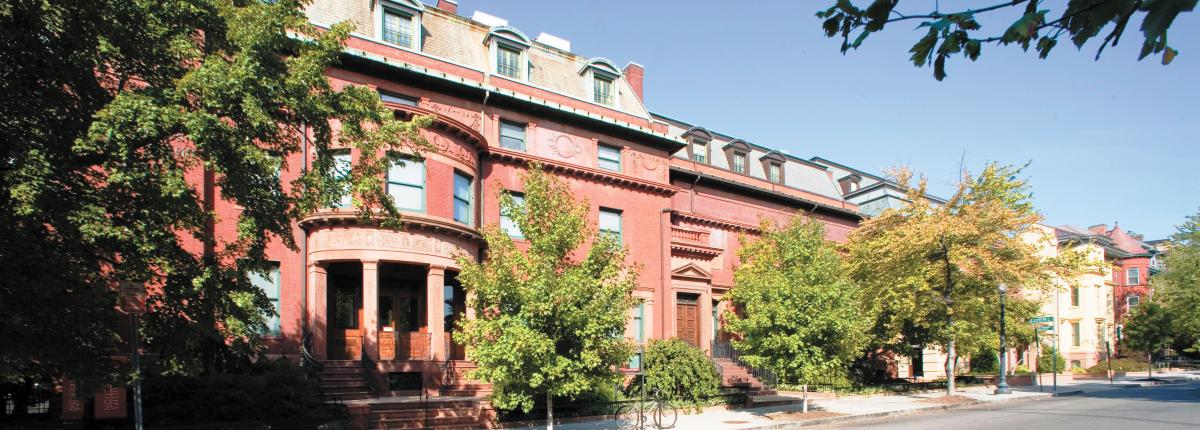Land History

The Phillips Collection, which is situated upon the ancestral and unceded lands of the Piscataway people, would like to pay its respects to their Elders, past and present. This acknowledgment reminds us of the significance of place, the continued existence of Indigenous and other people, and the museum’s commitment to building respectful relationships with those who call these lands home today.
The Phillips Collection seeks to build mutually beneficial relationships with Native American communities, leaders, traditional knowledge holders, scholars, museum professionals, artists, and students, creating opportunities for the production and dissemination of knowledge in all its forms. This is a living land acknowledgement, and we will continue to revise and strengthen it in collaboration with community members.
For the summer 2018 exhibition Marking the Infinite: Contemporary Women Artists from Aboriginal Australia, the Phillips partnered with the Embassy of Australia on cultural training, public programs, the creation of a mural by Regina Pilawuk Wilson, and more.
On May 15, Naiche Tayac, the grandson of Chief Billy Redwing Tayac and representative of the Piscataway People, welcomed Aboriginal painter Regina Pilawuk Wilson of the Ngan’gikurrungurr people to the area and granted her permission to paint on historic Piscataway land. Wilson painted two murals that represent traditions of her home: Yerrdagarri (Message Sticks) were a form of communication used between Aboriginal communities in the Northern Territory of Australia and beyond to announce ceremonies, funerals, and war. Fi was a past-time of the people in the Daly River/Peppimenarti region, a string game taught by older women to children as a way of sharing stories.